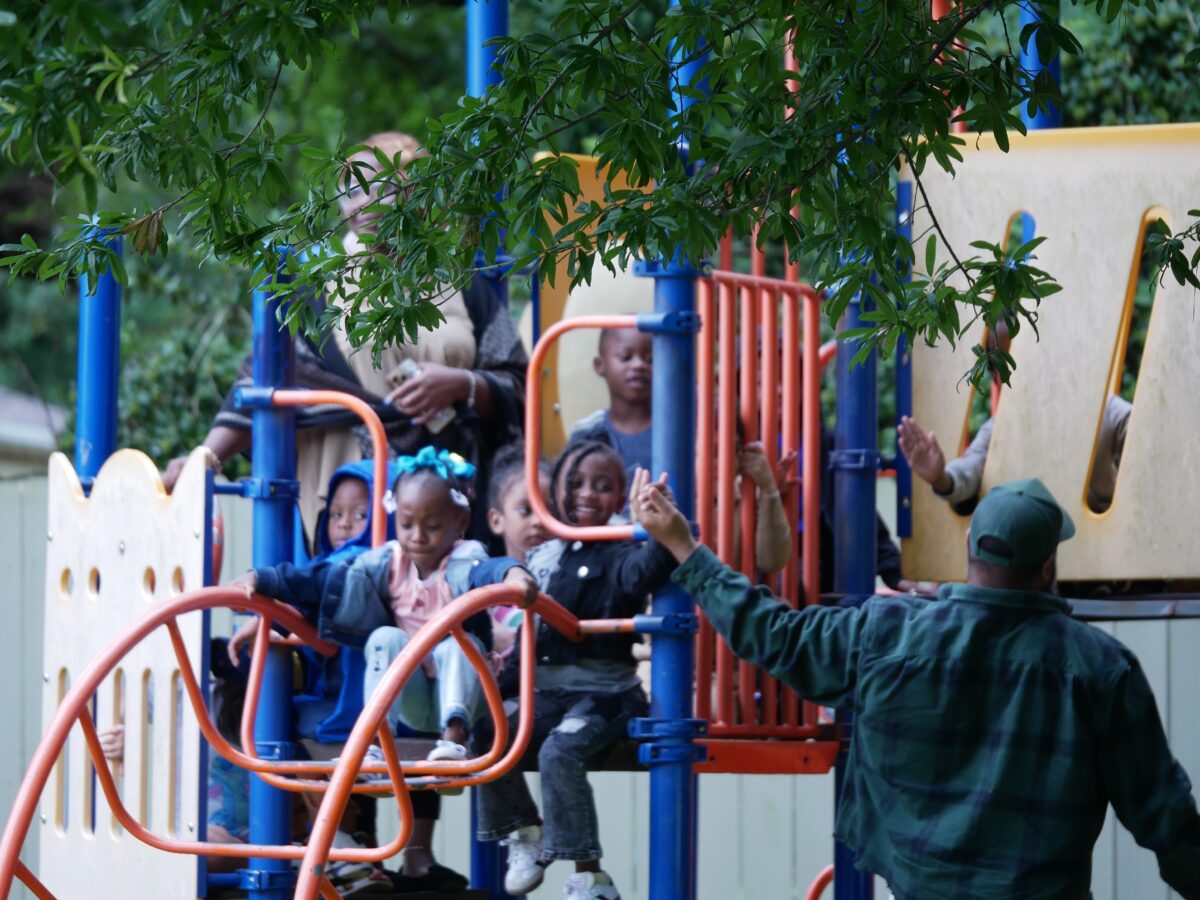
|
|
North Carolina ranked 34th in the nation on children’s well-being — dropping one spot from last year — in the 2025 KIDS COUNT Data Book from the Annie E. Casey Foundation.
Across four domains, the state’s best ranking (23rd) was in educational measures. Its worst was in health outcomes (36th).
“This data gives us a good idea of where we need to make meaningful, smart investments that strengthen families across our state and make North Carolina first in children,” said Erica Palmer Smith, executive director of the advocacy and research group NC Child, the state’s member of the foundation’s KIDS COUNT Network, in a press release. “We should strive to be the best when it comes to the lives of our children.”
![]() Sign up for the EdDaily to start each weekday with the top education news.
Sign up for the EdDaily to start each weekday with the top education news.
The annual 50-state report compiles recent data from multiple sources on education, health, economic well-being, and family and community. This year’s report compares children’s welfare in recent years to pre-pandemic outcomes.
In education, most of the state’s measures have worsened from pre-pandemic measures. Seventy percent of fourth-graders were not proficient in reading in 2024, up from 64% in 2019 and equal to the national rate.
Sixty-nine percent of eighth-graders were not proficient in math in 2024, an increase from 63% in 2019. Math proficiency was slightly better than the national averages (73% in 2024 and 67% in 2019).
The percentage of North Carolina high school students not graduating on time remained the same: 14% in both the 2021-22 and 2018-19 school years.
Read more



Sixty percent of 3- and 4-year-olds were not in a formal education setting from 2019 to 2023, compared with 57% from 2014 to 2018. Nationwide, 54% of the same population were not in formal education settings, up from 52% before the pandemic. The 2024 data book ranked the state 31st on this indicator. This year, the state ranks 37th.
“Early learning opportunities help our children reach critical developmental milestones,” Smith said in the press release. “And we know that the cost and availability of these programs aren’t just impacting our children’s well-being — it’s impacting our state’s economy and parents’ ability to provide for their families.”
Read more



Children’s health measures held fairly steady from 2019 to 2023. The percentage of babies born with low birth weights went from 9.3% to 9.4%. The nationwide rate in 2023 was 8.6%. The percentage of children without health care dropped, from 6% to 5%, mirroring national trends.
Child and teen death rates increased from 27 to 35 per 100,000 children, compared with 25 to 29 per 100,000 children nationally. Thirty-one percent of children and teens ages 10 to 17 years old were overweight or obese in 2022-23, the same rate as 2018-19 and the same as the national rate.
The state’s children ranked 29th in the nation in economic well-being. From 2023 to 2019, poverty rates slightly improved from 20% to 18%. Those rates were higher than the national average, which was 16% in 2023.
“As the cost of living has gone up, it’s become more difficult to raise a family,” Smith said.
A quarter of children had parents who lacked secure employment in 2023, a slight improvement from 26% in 2019, reflecting national rates. Children living in households with “a high housing cost burden” went from 26% to 27%, while the national rate stayed at 30%. That burden means the household spends more than 30% of their income on housing.
Seven percent of teens were not in school and not working in 2023, the same as in 2019 and the same as the national rate.
Read more



The state ranked 34th in family and community measures. It improved from pre-pandemic measures in every category. The percentage of children living in single-parent families dropped from 37% in 2019 to 35% in 2023 (compared with 34% nationally). Eleven percent of children were in families where the head of the household lacked a high school diploma, slightly down from 12% in 2019. This mirrors the national rates.
The percentage of children living in high-poverty areas fell from 9% in the 2014-2018 period to 7% in 2019-2023. This is slightly lower than national rates — 10% and 8% over the same periods. Teen birth rates decreased from 18 births per 1,000 teens in 2019 to 15, slightly higher than national rates — 17 per 1,000 in 2019 and 13 per 1,000 in 2023.
Recommended reading




